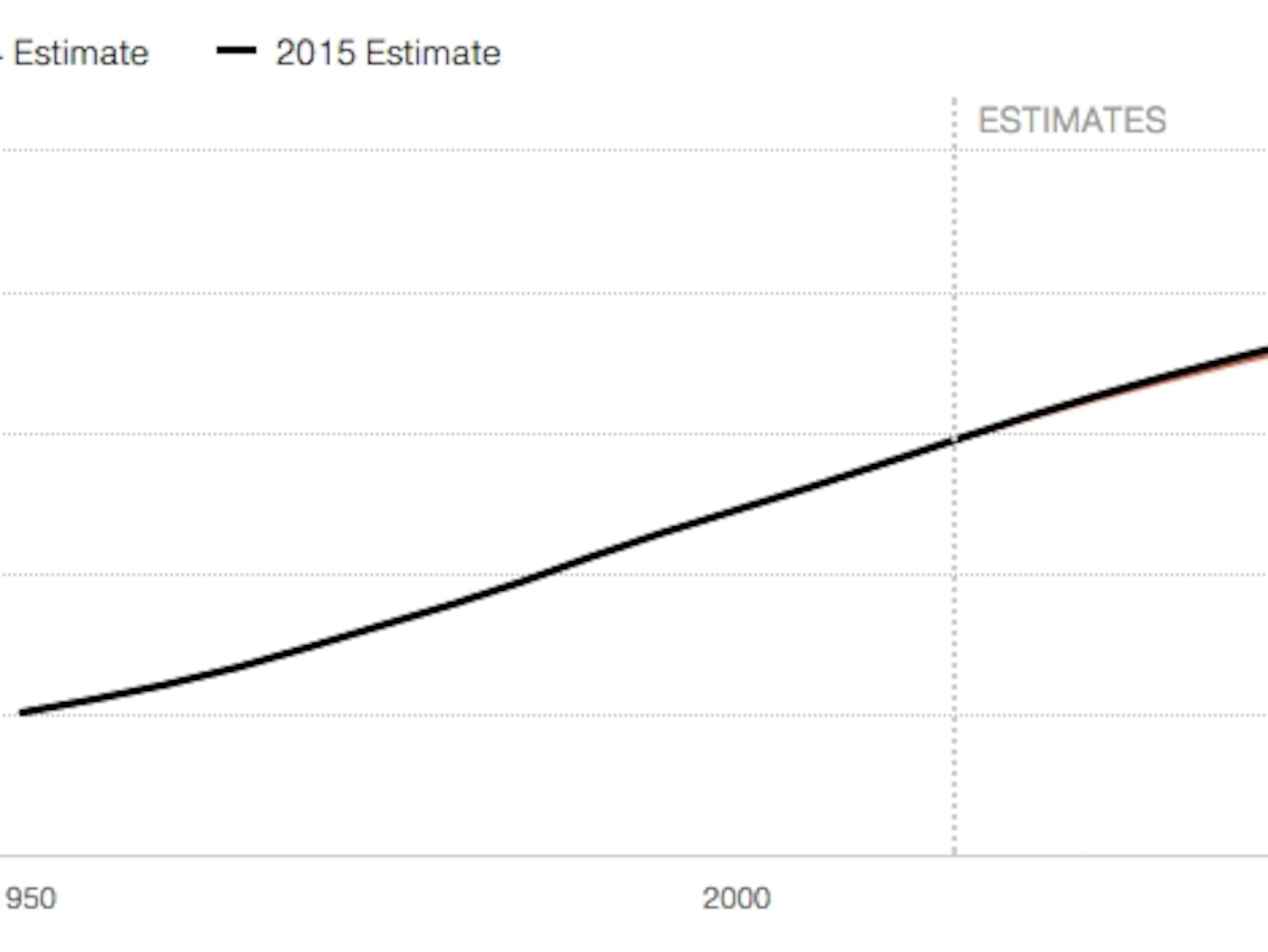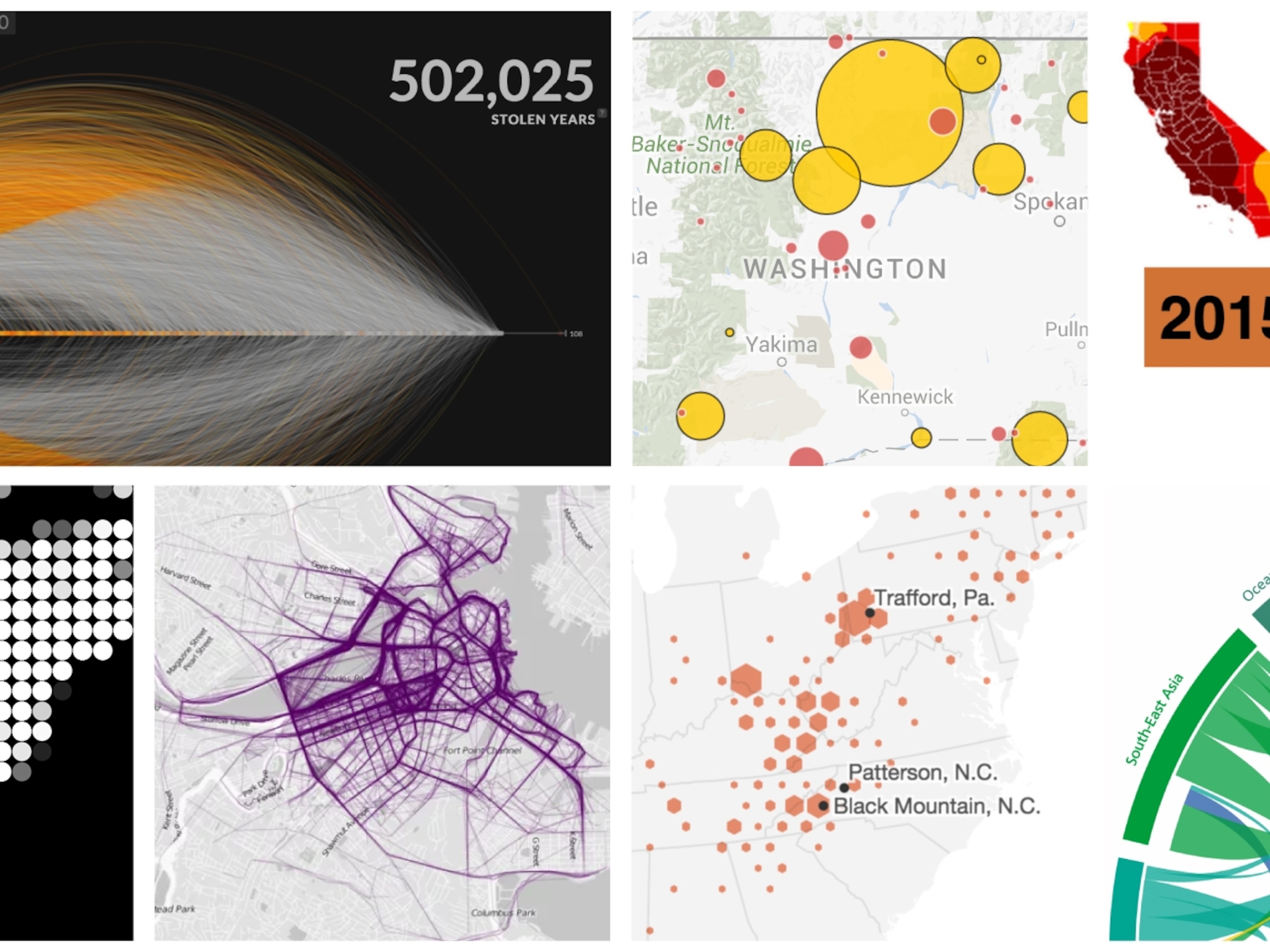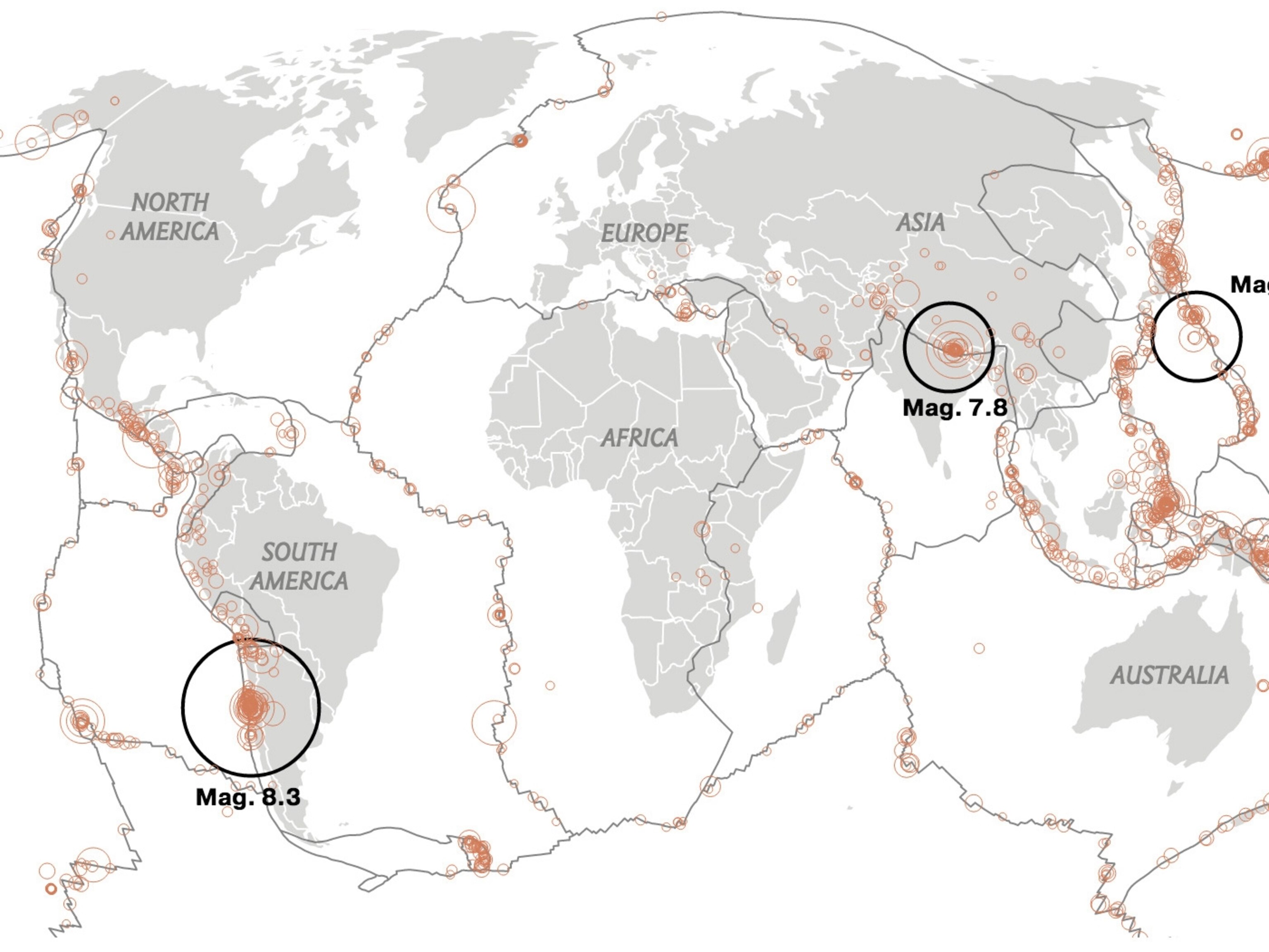See Where Most Shark Attacks Happen in the United States
The numbers indicate why some beaches may have more incidents than others.
Since June, eight people have been bitten by sharks along the North Carolina shoreline, and more attacks have been reported in other coastal states.
While no one can say when or where the next encounter is likely to happen, there are some things we can learn by analyzing past shark attacks. Using U.S. county-level data from the Global Shark Attack File, we can see that there have been more attacks on the East Coast than other coasts since 2000.
So has there really been a huge jump in shark attacks this year? The number of shark attacks that have already occurred by this time in the year, particularly in North Carolina, is unusual, but nationwide it’s not exceptional when compared to the early 2000s and 2012.
Shark species also play a role. Most species on the West Coast are the offshore type, meaning they generally stay in deeper waters, says Ralph Collier, President of the Shark Research Committee and Director of the Global Shark Attack File. The East Coast has many inshore species like bull, tiger, and black tip sharks, which often come close to shore to feed in shallower waters.
Attacks can happen anywhere in the ocean, but due to the prevalence of swimmers, popular beaches in warm-weather climates tend to be hotspots. So it’s not surprising that Florida and Hawaii have the counties with the most attacks.
Volusia County, Florida, has had the most attacks in the last 15 years. But of the 176 attacks since 2000, none have been fatal.
As you go farther north on either U.S coast, there are fewer swimmers and fewer shark attacks. According to a new Stanford University report, the chances of a person being bitten by a great white in California’s waters fell by 91 percent from 1950 to 2013, even though the overall number of attacks went up. This is because more people are in the water now than before.
These inshore species are also found on the Gulf Coast, but Collier suspects there are fewer attacks there because not as many people are swimming in the gulf as on the East Coast.
The good news is that fatal shark attacks are pretty rare. Of the over 630 shark attacks in the U.S. since 2000, only 15 have been deadly.
Besides there being increasingly more people in the water every year, there are climatic and oceanic factors at play in the North Carolina attacks, including warming water and drought. (see North Carolina’s “Perfect Storm” for Shark Attacks) “We know some of the contributing causes, but it’s really hard to put a finger on the main trigger,” says Collier.



